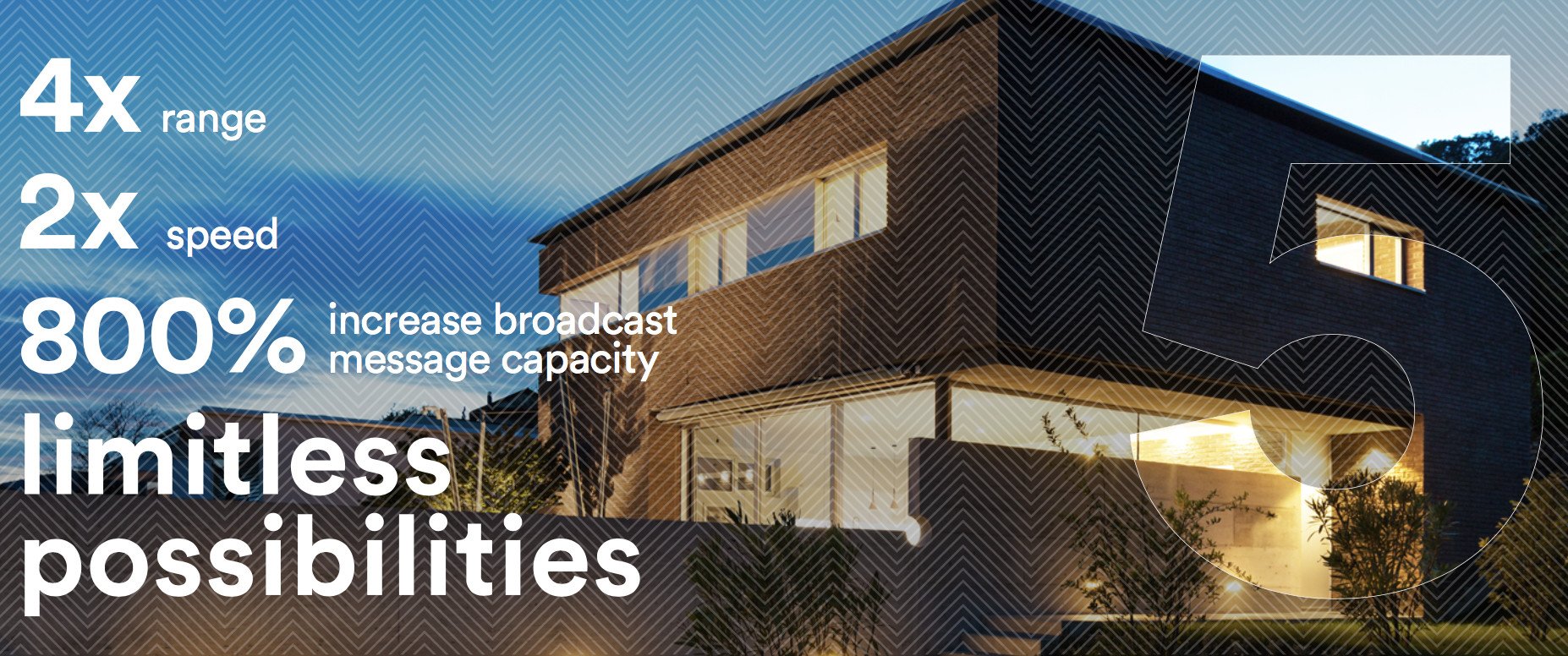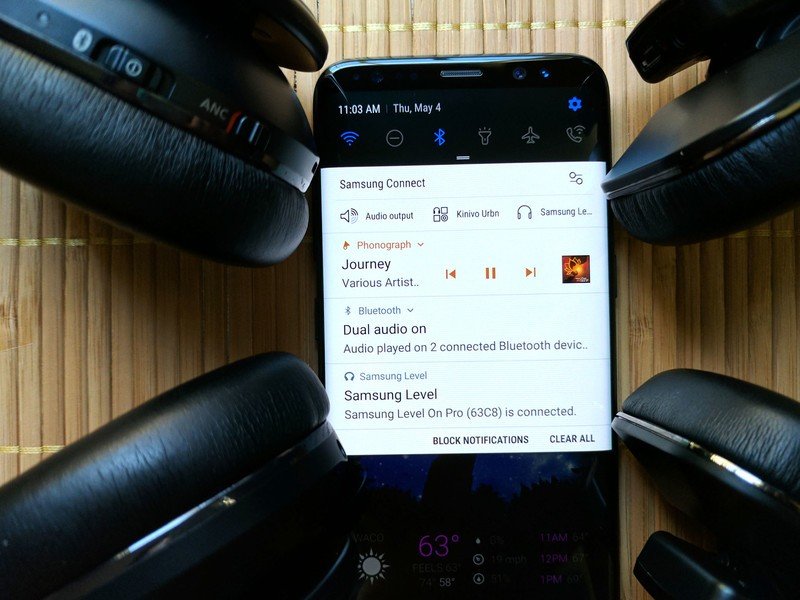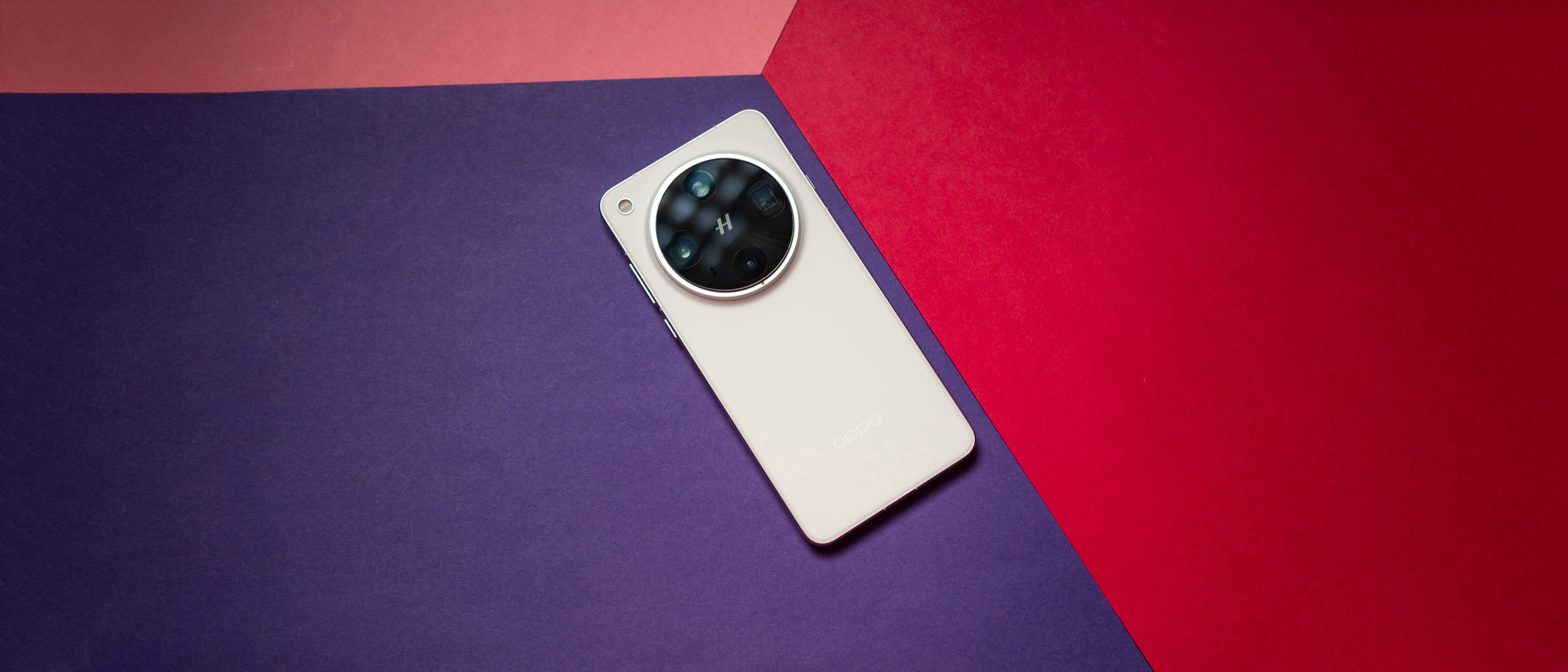Bluetooth 5: Is it actually better, and do you need it?

If you've recently bought any sort of smart device it might note that it has support for Bluetooth 5, the latest version of the Bluetooth standard. There's also a good chance that a recent purchase didn't support Bluetooth 5 because not every company is worried about updating to the newest version. That's more than enough to raise some questions.
Luckily, even though Bluetooth can be a tricky subject, the answers about what's "new and improved" and what difference it really makes are fairly easy to answer. Let's take a look at just what Bluetooth 5 brings to the table.
Bluetooth Low-Energy for headphones
Bluetooth Low-Energy (or BLE) was introduced with Bluetooth 4 and it does exactly what you might think — provides a way for devices to communicate that uses less power. That's important when a device runs from a battery, like a phone or wireless headphones.
Prior to Bluetooth 5, BLE was relegated to things like wearables, beacons, and small Internet of Things devices. This means that Bluetooth headphones had to use the regular, more power-hungry Bluetooth radio connection.
While the difference to something like your phone isn't too terrible, it makes a big difference to something with a really tiny battery like a pair of Bluetooth earbuds. More time being charged means less time in your ears.
With Bluetooth 5 all audio devices communicate over Bluetooth Low-Energy. This can make a meaningful difference in battery life, but this isn't always the case. Apple's original AirPods are a good example: when connected to an iPhone the Apple W1 chip could "broker" the Bluetooth connection to monitor the strength and make any small adjustments. On an Android phone, it depended on the standard Bluetooth connection. This is why they had better battery life when used with an iPhone.
Bluetooth Dual Audio

Bluetooth Dual Audio means connecting two audio devices like headphones to one source, like a phone.
Be an expert in 5 minutes
Get the latest news from Android Central, your trusted companion in the world of Android
It's not an entirely new thing — thanks to work by Qualcomm it was an option with Bluetooth on the Galaxy S8. With Bluetooth 5 it's part of the standard and shouldn't depend on a special license from a chip maker.
Note that this means all audio devices, not just headphones. You can connect to two speakers, too or even a pair of headphones and a Bluetooth speaker.
Faster, stronger, and better
The biggest benefits of Bluetooth 5 are faster speeds and more range. And we mean a lot faster and further.
Bluetooth 5 has a maximum of four times the range, eight times the bandwidth, and twice the speed. Just not all of it at the same time.
Bluetooth 5 only makes a difference if both devices use it.
Specifically, devices get to "choose" between faster speeds or more range. Something like a pair of headphones primarily designed for music playback might choose to take advantage of the double throughput speeds, while a device like a Bluetooth tracker tag would benefit from more range.
Bluetooth 5 can transmit data at 2 Mbps, while Bluetooth 4.2 had a maximum of 1 Mbps. Bluetooth 5 can communicate with another device up to 800 feet (240 meters) away while Bluetooth 4.2 was limited to a distance of 200 feet (60 meters).
Remember these are line-of-sight maximums, meaning anything in the way can and will affect the signal. Still, those are some impressive improvements. These improvements also apply to BLE, so that means Internet of Things devices can have a better signal and still save power.
Do you really need Bluetooth 5?
That depends.
Bluetooth 5 only makes a difference if both devices use it. If your phone is Bluetooth 5-enabled but your headphones or car aren't, for example, then none of this applies. There's also a good chance both of those things are true, as automakers are notorious when it comes to updating Bluetooth.
The good news is that Bluetooth 5 is 100% backward-compatible with Bluetooth 4. That means even if both devices don't run the same version they should still connect and operate normally. You just won't see any of the benefits Bluetooth 5 has to offer.
A good way to handle coneections that doesn't involve throwing out your favorite things is to make sure anything new you buy is Bluetooth 5 ready. That can be difficult when you're looking at IoT and smart home devices, though.
Don't stress too much if you're not 100% Bluetooth 5 ready in your tech life. Most of us aren't and by the time Bluetooth 5 is in everything, we'll be seeing a new version and can do it all over again!

Jerry is an amateur woodworker and struggling shade tree mechanic. There's nothing he can't take apart, but many things he can't reassemble. You'll find him writing and speaking his loud opinion on Android Central and occasionally on Threads.
